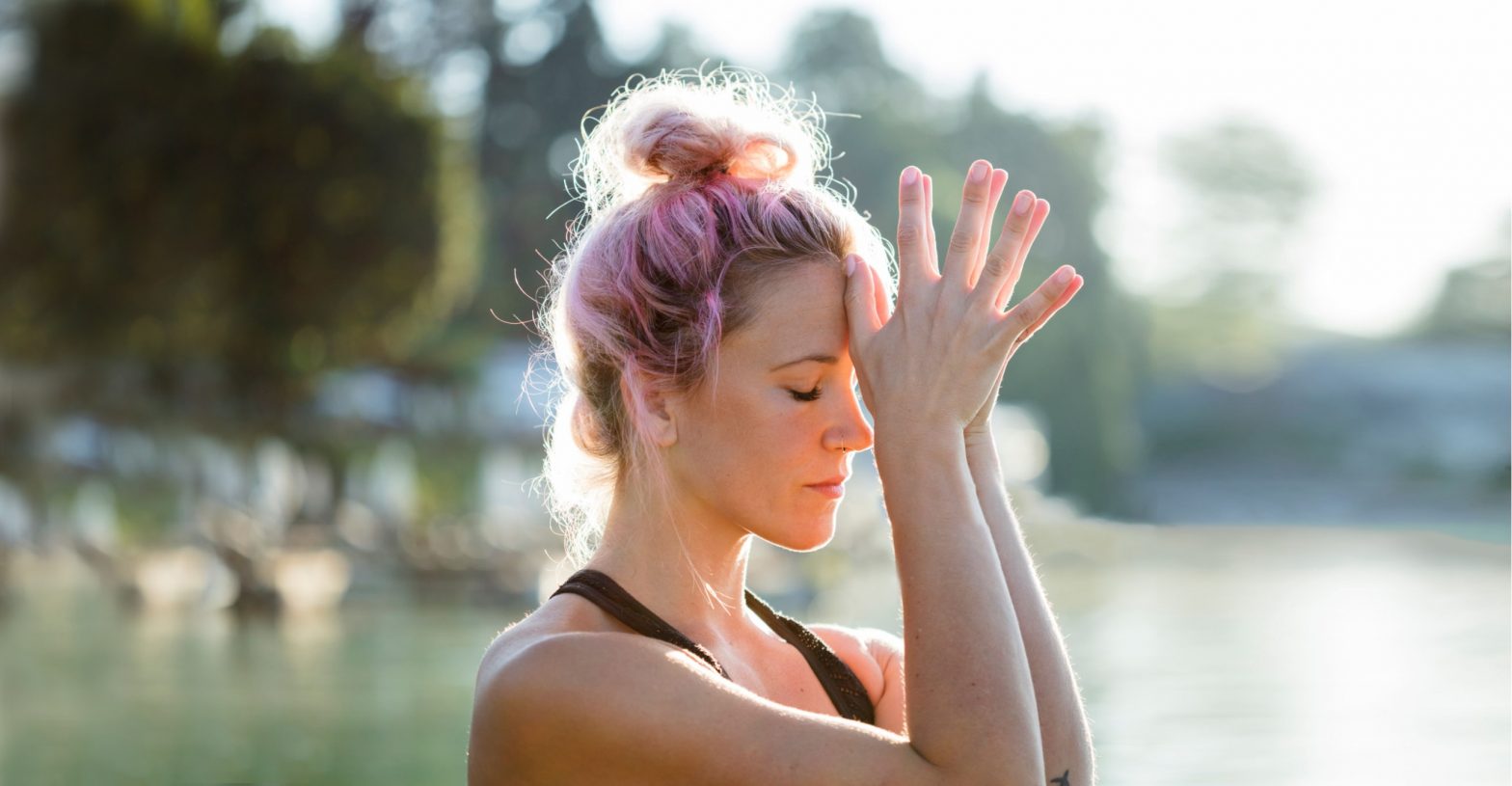As a yoga teacher, I’ve worked with a number of people diagnosed with a progressive form of MS who have hugely benefitted from breathing, stretching and strengthening exercises as well as meditation. But they would all agree that keeping up with their practice is challenging both physically and mentally.
The relative lack of research on exercise and progressive MS is itself often a source of frustration for those diagnosed with either PPMS or SPMS. Although, there is now substantial evidence for the benefits of exercise for people living with relapsing-remitting MS, the potential role of physical activity in people with progressive MS has been less researched.
There is however some good news. First, the research carried out so far indicates that exercise also has a beneficial impact on cardiorespiratory and muscular fitness, fatigue and general quality of life for those living with progressive MS. Second, an increasingly number of people with progressive types of MS following the OMS program say that their condition either stabilized or improved. So, despite the constraints, it’s really important to develop and maintain an exercise regime.
Is there any way to make it easier? Based on my professional experience, I would give the following advice.
Don’t underestimate the power of the breath
Try and include some breathing exercises in your exercise regime. Shallow breathing depletes energy and many people feel a boost of energy once they start to breathe deeply and consciously. It also helps to relax, release tension but also strengthen your respiratory muscles.
Think in terms of range of motion
The less we move, the weaker our muscles get and the more limited our range of motion. When creating programmes for people with progressive MS, I like to think in terms of range of motion, the aim being to prevent loss or even improve it. Conscious movements that move muscles and joints in all direction help to do so.
Adapt if needed
Some people are reluctant to use adaptive options and feel exercise only has a positive impact if you actually move on your own. But this is not the case. You still experience benefits if someone – or electric stimulation- helps you complete the movements. There are now a wider range of adaptive options from chair yoga, tai chi or aerobics to functional electric simulation cycling. They have the added benefit of allowing people to practice safely.
Strengthen and stretch
When we feel stiffer, our natural reaction is to stretch. But it’s also important to strengthen muscles. A healthy muscle is both flexible and toned. It doesn’t necessarily means lifting weights. You can use elastic bands or your own body weight to work on your strength.
Remember that 5 minutes is better than nothing
On bad days, doing 5 minutes might be all you can safely do. That’s absolutely fine. Be happy with yourself! What often happens is that after 5 minutes, you’ll decide you might as well do another 5 minutes or 10… Be happy with yourself too! Rather than blaming yourself for not doing more, be happy for whatever you do.
Finally, if you need some extra motivation, I would encourage you to watch or re-watch Sue’s story of hope or reach out to others in our OMS community who will support you.
Wishing you all the very best of luck and lots of joy exercising!

